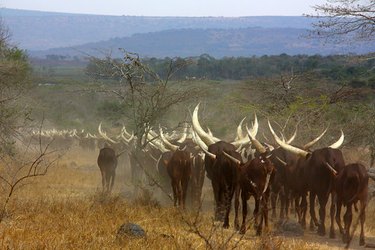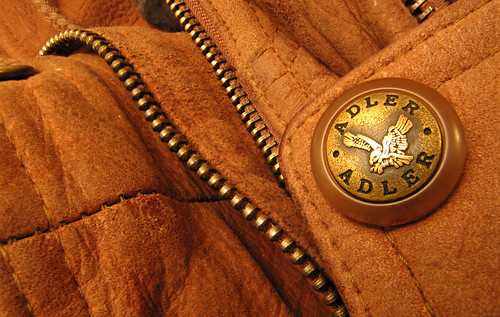
Cowhide is the most commonly used leather in the world; likely your shoes, your auto interior, your luggage and your belt are all manufactured of cowhide. It is the "utility leather."
Availability
Video of the Day

Cowhide is a by-product of cattle farming and beef production; thus, cowhide is available in a practically endless and lower-cost supply versus other leathers.
Video of the Day
Size
A key advantage of cowhide is its sheer size; while goat skin and calf skin are soft and warm to the touch, they are impractical for upholstery or car interiors, which require larger pieces.
Tooling
Cowhide does not have the texture of, for example, elephant, lizard, or alligator skin, but it readily takes stamps and textures, and so it can be manufactured to look like any of those, at a lower cost.
Clothing

Cowhide can mimic the look of other leathers, but not the feel. Even at its softest, it is stiff with little stretch to it. It is no substitute for goat skin, deer skin, nubuck, and so on, which are used to make clothing.
Durability
Cowhide is naturally thicker, and tanned to retain a tighter collagen matrix, than other leathers. Hence, it is better suited to durable items, like shoes, saddle bags and luggage.